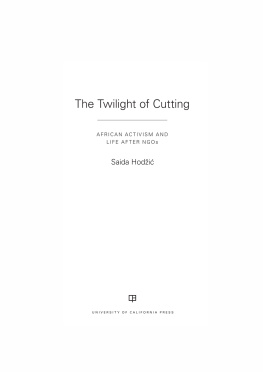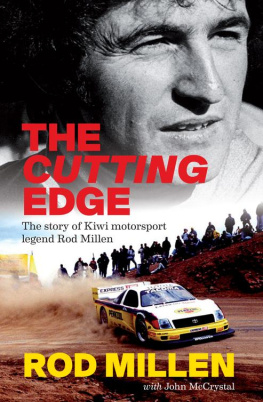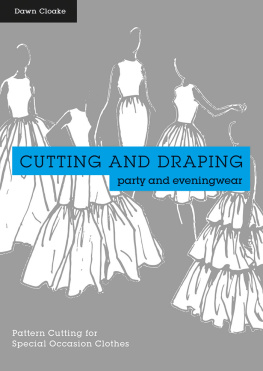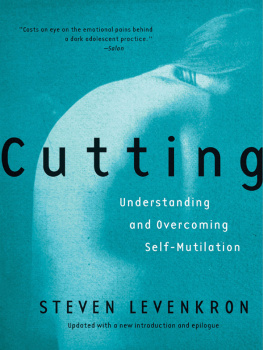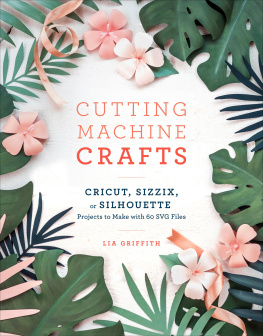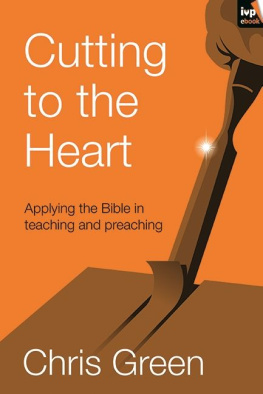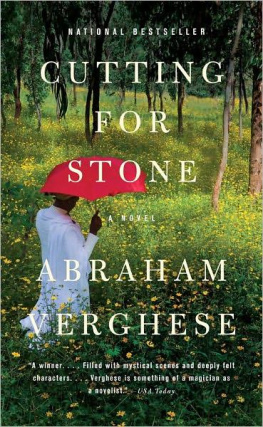Anthropologists Say
Why do you want to study female genital cutting?
Why do you want to study female genital cutting?
Are there NGOs in Africa?
You can study NGOs or you can study female genital cutting, but you cant do both.
You dont need to do this. You can always change your project, you know.
What will you do if they invite you to watch?
Why dont you do research in Bosnia instead?
You know, I started doing research on FGM as well. There is nothing new you can say about it.
I hate your topic! I actually wanted to study it too, but [a senior feminist anthropologist] told me not to. Nobody will take you seriously.
PREFACE
COMING TO QUESTIONS
I came to this project not because of an affective response to cutting but because of an affective response to anthropology. When in 1999 a campaign against female genital mutilation (FGM ) made headlines in Germany, where I then lived, I was disappointed that I first heard about cutting from the newspapers rather than in my anthropology classes. I witnessed the moral panic that cutting provoked without being able to name or understand either cutting or the confluence of racism, liberal concern, and humanitarian care that it animated. So without the tools that my anthropology education should have given me, I went about developing them elsewhere.
My youthful disappointment in anthropology stemmed from a deep faith in its objectives, many of which I hold on to despite the disciplines sanctioned omissions, as well as regulatory norms and structures of feeling that foreclose as much as they enable, all of which too often presuppose that ethnographic authors backgrounds are more similar to the readers than to the ethnographic subjects. As I recall, it also puzzled me how a practice said to be so central to the societies that performed it was not considered central to the discipline predicated upon the study of these societies.
Feminism, in the form of womens rights activism, was newly compelling and provided avenues for questions but not answers. At a conference on FGM and asylum I met German activists who spoke of transnational activism and their dynamic collaborations with nongovernmental organizations (NGOs) founded by African women. I was intrigued. But these activists talked about their work as that of enlightenment ( Aufklrung ), and the African organizations with which they collaborated were not offered a seat at the table. I wanted to know what they were doing and what they had to say.
I had never imagined myself an Africanist anthropologist. My Africanist classmates in Germany had bad hair, wore hemp clothes, and were comfortably at home in the anthropology club. They traveled to Africa and were interested in sustainable development projects that empowered local communities. I am more like them now, but my global mobility was born out of duress. I was a refugee from Bosnia with a bad passport whose presence in Germany was, according to the state, merely tolerated or suffered ( geduldet ). At the time I was writing my masters thesis on changing citizenship laws, was interested in political activism, and was close to other immigrants whose research revolved around issues closer to home or, rather, to the awareness of the fracture and the impossibility of home.
The German anti-FGM campaign brought cutting close to the worlds I inhabited: anthropology, womens rights activism, displacement, and feminist advocacy to expand, in reference to FGM, the laws that governed which asylum seekers would be allowed to stay in Europe. Cutting really was close to home, but saying something worthwhile about it required leaving. To provincialize the idea that FGM is an African problem that demanded Western enlightenment in its various guises, whether activist or critical, I wanted a shift in perspective. I sought an analytical detour in a doctoral program where another kind of anthropology and transnational African studies was possible and where gender studies had an institutional home.
To challenge Western reason, it does not suffice to analyze cutting as a culturally specific phenomenon or to criticize anti-FGM campaigns from the vantage point of the West. The latter involves left-allied critical assessments of any putatively progressive project, as Wendy Brown and Janet Halley put it (2002a: 2), be it humanitarian or feminist. Even this kind of critique is often unwelcome in public culture and is met with such responses as How can doing good be wrong? They are at least doing something, and They have good intentions. But while it is true that the current political environment in the United States does not welcome this kind of critique, the analytical left that provides it does not readily embrace a questioning of its own suppositions, methodologies, and sensibilities. The central question I raise is why, after three decades of African anticutting campaigns, is there a critical vocabulary that can shred the neocolonial, racist gaze inherent in Western anti-FGM discourses but not one that can account for the subtle imperial formations that structure the lived experiences of Africans, on and off the continent, who are involved in efforts to end cutting or are subjected to those efforts?
That this question is salient was made clear when Wanjiru Kamau-Rutenberg, a political scientist at the University of San Francisco, campaigned against the racist humanitarianism of Ralians (cultists who believe humans are descended from aliens) and their Clitoraid campaign, which was ostensibly aiming to save cut womens pleasure. Kamau-Rutenberg wrote that feminists should instead support African women engaged in domestic campaigns to end the practice of female circumcision within our communities, but locating African campaigners proved difficult. Because she wanted to offer African womens initiatives public recognition for their diligent and good work that too frequently goes unrecognized, she sought suggestions from her blog readers, many of whom are feminist academics. The readers mentioned the Waris Dirie Foundation; Tostan; Foundation for Womens Health, Research and Development (widely known by its acronym, FORWARD), and Global Women Intact, organizations that had several things in common: they were heavily publicized and operated in the global North or, in the case of Tostan, were run by an American woman living in Senegal. Herein lay the difficulty: how to generate public recognition for domestic initiatives in Africa that received so little attention that they were virtually unknown to critical scholars?

